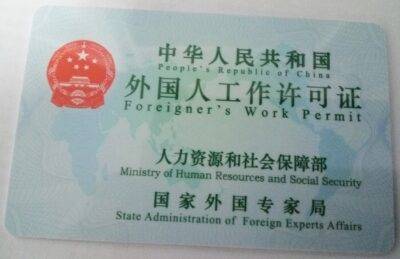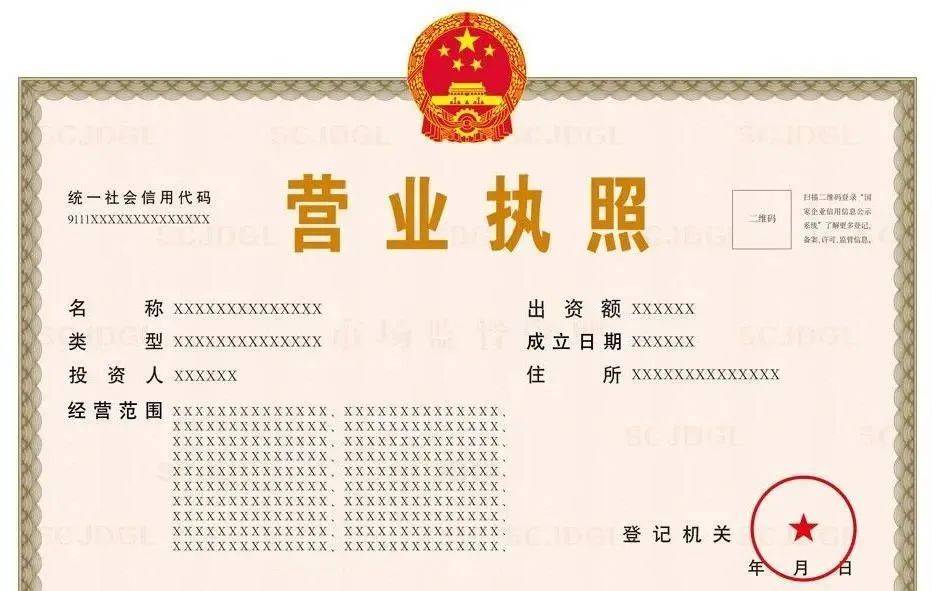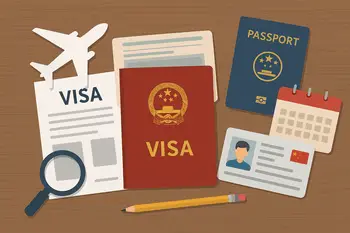
Applying for a China Work Permit can be a complex and daunting process, especially for those unfamiliar with the local regulations and requirements. To help you navigate this process smoothly, here are the 10 common mistakes to avoid and tips on how to prevent them.
1. Inconsistent Work History
One of the most frequent mistakes applicants make is having inconsistent work history across different documents. Any discrepancies or overlaps between your work and education history can raise suspicion and may even be considered fraudulent.
How to Avoid: Ensure that your work history is consistent across all documents. Double-check dates and details to make sure they match your resume, application forms, and any other submitted documents.
2. Incorrect Salary Information
Your employment contract should clearly state your base pre-tax monthly salary, including any probationary salary and the total pre-tax salary after the probationary period.
How to Avoid: Review your employment contract thoroughly to ensure all salary details are accurately and clearly stated. If there are any discrepancies, ask your employer to correct them before submission.
3. Mismatched Signatures
Another common error is having a handwritten signature that does not match the one on your passport. This can lead to delays or even rejection of your application.
How to Avoid: Practice signing your name as it appears on your passport. Ensure that all documents, including your application form and employment contract, have the same signature.
4. Expired Business License
If the business license of your employer is valid for less than one year, you will need to provide a new business license when applying for a work permit renewal or a new work permit.
How to Avoid: Verify the validity of your employer’s business license. If it is close to expiration, request an updated license before submitting your application.

5. Delayed Updates to Personal and Company Information
Failing to update personal or company information in a timely manner can result in complications with your work permit.
How to Avoid: Update any changes in personal or company information, such as office address, passport details, or business license, within 10 days in the work permit system.
6. Incorrect Document Headers
Different regions in China have specific document headers that must be used for application. Using the wrong header can lead to delays or rejection.
How to Avoid: Research the correct document headers for your region. For example, in Pudong New Area, the correct header is “浦东新区海外人才局” (the Overseas Talent Bureau of Pudong New Area).
7. Incorrect Company Seal
Using the wrong company seal on documents is another common mistake. Each document should have the official company seal, not a seal designated for specific purposes like contracts or finances.
How to Avoid: Ensure that your company uses the official company seal on all documents submitted for your work permit application.
8. Incomplete Documentation
Incomplete or incorrect documentation is a frequent cause of delays and rejections. This includes missing signatures, incorrect information, or lack of proper authentication.
How to Avoid: Create a checklist of all required documents and ensure each one is complete and correctly filled out. Double-check for signatures, correct information, and necessary authentications.
9. Ignoring Health and Legal Requirements
Applicants often overlook the importance of health checks and legal documentation. A medical examination and a police clearance certificate are mandatory.
How to Avoid: Schedule your medical examination well in advance and ensure you have a clear criminal record. Gather all necessary legal documents, such as your diploma and professional qualifications, and have them authenticated if required.
10. Misunderstanding Eligibility Criteria
Not meeting the eligibility criteria is a common reason for application rejection. This includes age limits, educational qualifications, and professional experience.
How to Avoid: Familiarize yourself with the eligibility criteria for a China work permit. Ensure you meet the age requirements, have the necessary educational background, and possess relevant professional experience.
Conclusion
Obtaining a work permit in China can be a challenging process, but by avoiding these common mistakes, you can increase your chances of a successful application.
Consistency, accuracy, and timely updates are key to navigating the application process smoothly. Always double-check your documents and stay informed about the latest regulations to ensure a hassle-free experience.


